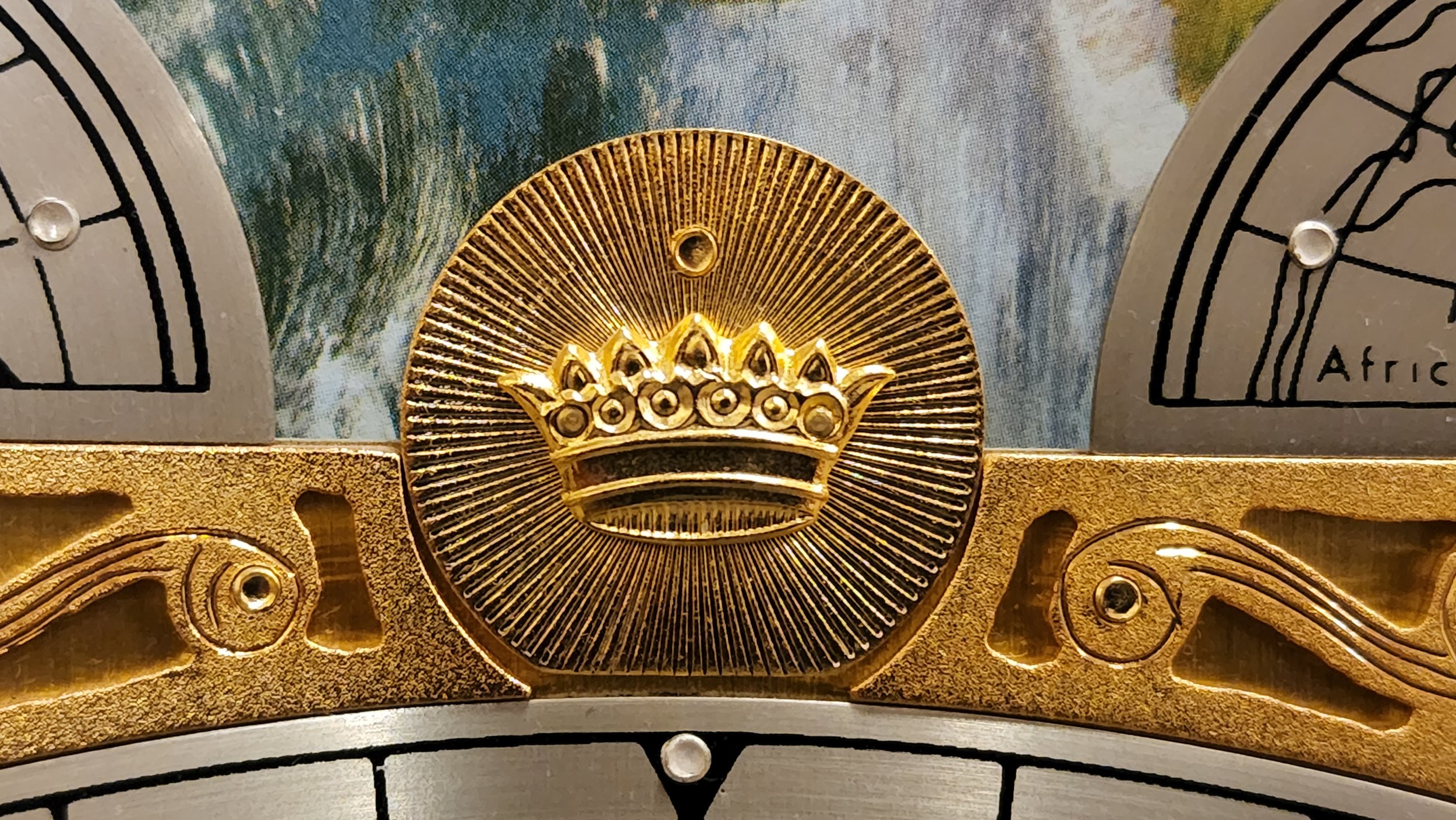
The History of the Herschede Hall Clock Company

A Brief History of the Herschede Hall Clock Company
This Love of Beauty is Taste
The Creation of Beauty is Art
A quote from Emerson that appeared in an early Herschede catalog


In 1873, Frank Herschede, the founder of the company, was employed as a watchmaker in Cincinnati, Ohio at the age of 16. Four years later he opened his own shop. Shortly thereafter he began to notice the growing popularity of tall case clocks. In 1885 he began to import and sell clocks with movements made by the Elliot Company. Around this time J. Harrington of England had patented his invention of the tubular bell chime. Having recognized the popularity of this new method of producing the chime tones for large clocks he began to purchase and distribute clocks of this type. After 1902 he began to produce the tubular bell chimes on his own and install them in Herschede clocks. Also in 1902 his son Walter joined the firm and the company was officially incorporated as the Herschede Hall Clock Company.
They now began to display their clocks at expositions and received gold and silver medals in St. Louis in 1904. Many people who have Herschede clocks have a small plaque inside the front door to their clock that notes this accomplishment. As a result of seeing this plaque many people think that it is their specific clock that won that particular award. This is not true. This plaque simply reminds the purchasers of these fine clocks that the company that made them was an award winning company. The date on the plaque is also not reliable in dating their specific clock. The date on the plaque simply indicates when the Herschede Company won the award.
In 1910, at the urging of his son Walter, Frank Herschede began producing his own tubular bell clock movements. At this time they began to call their clocks "Crown Hall Clocks" and adopted the familiar crown trademark.
In 1926, the Revere Clock Company was set up to manufacture electrically driven clocks, including both mantle and floor models.
In 1929 sales reached their all-time high of $1,200.000 but by the time of the stock market crash in October of that same year sales had fallen to $242,000.
A continued decline of the clock business led the company to begin making parking meters in 1936. Later, during World War II, Herschede began supplying the U.S. military with defense related material.
Between 1959-60 the company moved from Cincinnati, Ohio to Starkville, Mississippi.
During a time of financial trouble, the company was sold in 1967 to John R. Arnold, a furniture maker and subsequently to Howard W. Klein of St. Louis.
The Herschede Hall Clock Company folded completely in 1984. Not long after, a gentleman in Ohio purchased all the leftover parts and some of the jigs, fixtures and dies needed to make Herschede parts. This company folded around 2019. That company has since been sold to an individual in Oregon.
Source material: Herschede Clocks, A Selection from Four Catalogues, published by the American Clock and Watch Museum, Inc. Brief History written by D.J. Blackwell.
Please visit our “Herschede Restoration” page


Original Hang Tags for Herschede Clocks





